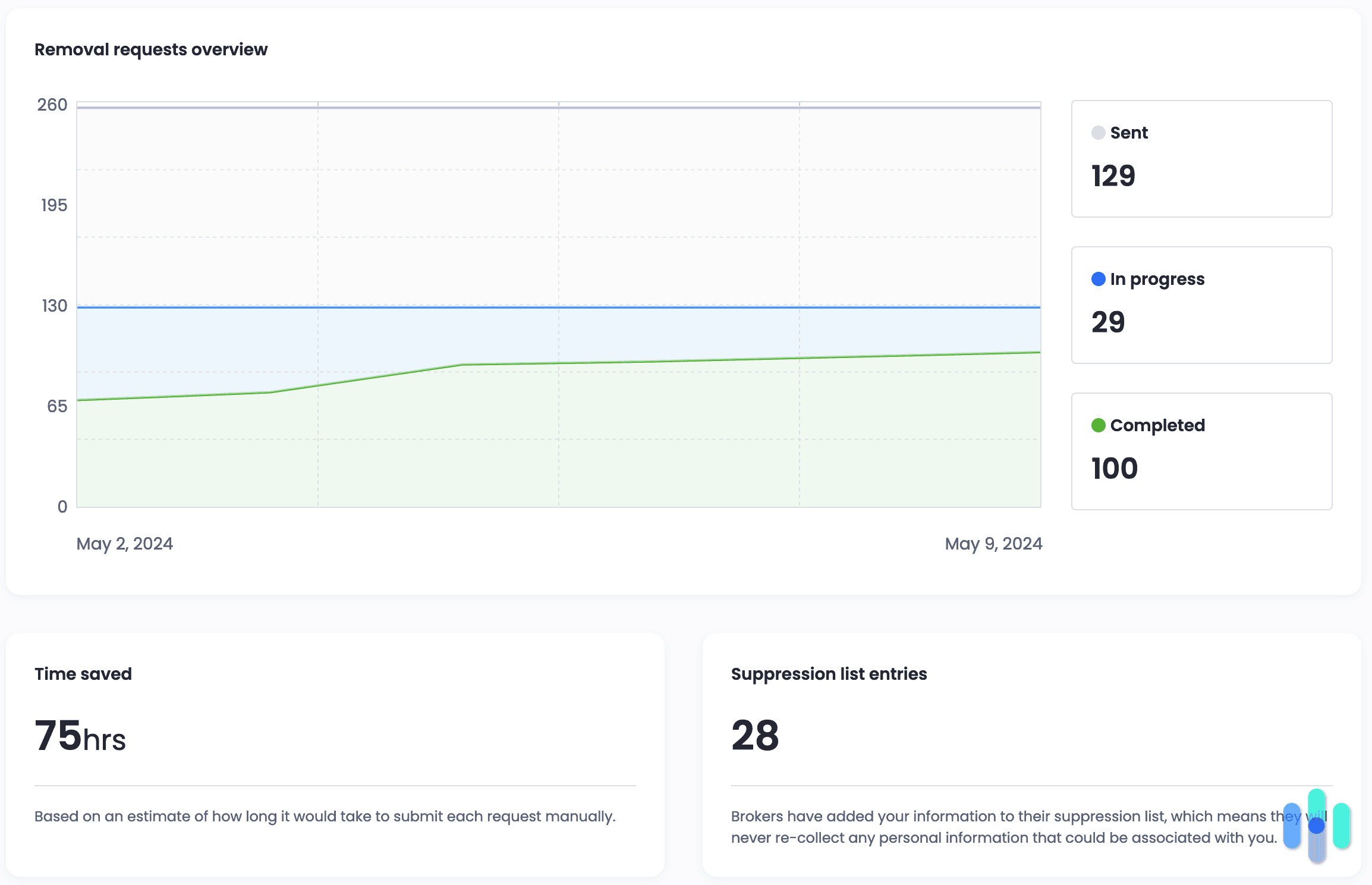Navigating the digital age means understanding where your personal information resides online. While exploring genealogy can be fascinating, websites like FamilyTreeNow compile public records that might reveal more about you and your family than you’re comfortable sharing. Understanding Family Tree Now Search capabilities and learning how to opt-out is crucial for safeguarding your privacy in today’s interconnected world. This guide will walk you through understanding FamilyTreeNow, mastering family tree now search, and most importantly, taking control of your online presence by opting out.
Understanding FamilyTreeNow: What Information is Publicly Available?
FamilyTreeNow operates as a free genealogy search engine, aggregating publicly available records to create detailed profiles. Think of it as a readily accessible, though less polished, alternative to subscription-based genealogy giants. By simply entering a name into the family tree now search bar, users can uncover a surprising amount of personal data, including:
- Potential Relatives and Associates: FamilyTreeNow links individuals based on public records, displaying possible family connections and acquaintances.
- Current and Past Addresses: The site often lists both present and previous residential addresses, offering a historical overview of an individual’s locations.
- Phone Numbers and Contact Information: FamilyTreeNow can reveal phone numbers and other contact details associated with individuals in their database.
The depth of information extends beyond a single search. Clicking on any listed relative or associate in a family tree now search result exposes similar personally identifiable information (PII) for those individuals as well. This interconnected web of data means that a simple family tree now search can potentially unveil private details about your entire family network.
This readily available access to personal data raises significant privacy concerns. While the information is sourced from public records, its aggregation and easy accessibility on platforms like FamilyTreeNow can heighten the risk of:
- Targeted Scams and Phishing Attacks: Scammers can leverage information gleaned from a family tree now search, such as family member names and addresses, to craft highly targeted phishing emails or social engineering schemes.
- Identity Theft: The comprehensive nature of data available through family tree now search can provide malicious actors with the pieces needed to steal someone’s identity.
- Real-World Safety Concerns: In more concerning scenarios, individuals with malicious intent could use family tree now search results to locate and potentially harm individuals or their loved ones.
Step-by-Step Guide: Manually Opting Out of FamilyTreeNow Search Results
Fortunately, FamilyTreeNow offers a relatively straightforward opt-out process, allowing you to remove your personal information from their search results. While the opt-out tool isn’t prominently displayed on their homepage, it is accessible. Here’s a detailed five-step guide to manually remove your records from family tree now search:
Finding the FamilyTreeNow Opt-Out Page
The first hurdle is locating the opt-out tool. It’s not directly linked in the website’s footer sitemap. Instead, navigate to the “Do Not Sell My Personal Information” page, found at the very bottom of the FamilyTreeNow homepage. On this page, you’ll find a link labeled “How to delete” which directs you to the opt-out tool.
Pro Tip: When opting out of any people search service, always look for a “Do Not Sell My Personal Information” page in the website footer. Many data brokers, like FamilyTreeNow, either place the opt-out link there or utilize this page as the opt-out portal itself.
The 5-Step Manual Opt-Out Process
Once you’ve located the opt-out tool, follow these steps to remove your information from family tree now search:
-
Initiate the Opt-Out: Enter your email address, complete the hCaptcha verification, and click “Begin Now.” Ensure you complete these actions in this order to proceed to the record search page.
-
Search for Your Records: On the next page, input your first, middle, and last name into the provided fields and click “Search.”
-
Identify and Select Your Record: Review the search results and pinpoint the record that most accurately matches your information. You may encounter multiple records. Opt-out requests must be submitted individually for each record. Start with the most accurate record and repeat the process for any other records that might pertain to you.
Expert Advice: While it might be tempting to only remove the most precise record, it’s advisable to request removal for all records that could potentially be associated with you. Even partially inaccurate records might contain sensitive data that could be exploited for scams or identity theft.
-
Submit the Opt-Out Request: Carefully review the selected record and click the prominent “Opt Out This Record” button. If, for any reason, the button is missing or you are redirected to a standard search result page, it might indicate a timeout due to inactivity. If this occurs, restart the opt-out process from step 1 and try to proceed more quickly through the steps.
-
Verify Your Request via Email: Check the inbox of the email address you provided (and your spam folder). You should receive an email from FamilyTreeNow with the subject line “Please complete your opt out request.” Click the verification link within the email to finalize your opt-out. Upon successful verification, you should see a confirmation page.
Allow up to 72 hours for the record to be removed from family tree now search results. In practice, removals often occur much faster.
Streamlining Privacy: Leveraging Data Removal Services for Comprehensive Protection
While manually opting out of FamilyTreeNow is relatively simple, the repetitive hCaptcha verifications can become tedious. For individuals seeking a more comprehensive and less time-consuming solution, data removal services offer a compelling alternative. These services automate the process of finding and removing your personal information from numerous data brokers and people search sites, including FamilyTreeNow.
Data removal services, like Incogni, simplify the process significantly. You provide your personal information just once, and the service works in the background to:
- Identify your records: Scans hundreds of data broker and people search sites to locate instances of your personal information.
- Automate removal requests: Submits opt-out requests on your behalf to each site, including FamilyTreeNow.
- Ongoing monitoring: Continuously monitors these sites to ensure your information remains removed and addresses any re-emergence of your data.
 Incogni's data removal progress after one week.
Incogni's data removal progress after one week.
SecurityScore: 9.2 / 10
View Packages Links to Incogni
Using a data removal service eliminates the need to manually navigate each site’s opt-out process, saving you considerable time and effort while providing broader privacy protection across the internet.
After Opting Out: Maintaining Your Privacy on FamilyTreeNow
Opting out of FamilyTreeNow removes your current records from their family tree now search results. However, it’s important to understand that opt-out is not a permanent solution. FamilyTreeNow, like other data brokers, continuously aggregates public records. This means your information could reappear on the site in the future, especially if it originates from a new data source.
Therefore, periodic checks of family tree now search are recommended, ideally every six months, to ensure your records remain removed. Data removal services often include ongoing monitoring, which automatically addresses the re-emergence of your data, providing continuous protection.
Furthermore, opting out of FamilyTreeNow only removes your records. It does not remove the records of your listed relatives and associates. To protect your family’s privacy, each family member would need to individually opt-out or be included in a family plan offered by a data removal service.
Why Prioritize Opting Out of FamilyTreeNow and Similar Sites?
While FamilyTreeNow publishes publicly available information, its aggregation and presentation of this data create a more comprehensive and easily accessible profile than might otherwise exist. This heightened accessibility increases your vulnerability to various online and real-world risks.
The dangers of readily available personal information through services like family tree now search include:
- Increased Risk of Scams and Identity Theft: Aggregated personal data makes individuals easier targets for online scams, phishing attacks, and identity theft, as criminals can readily gather the necessary information to personalize their attacks.
- Potential Physical Safety Threats: Exposure of family relationships and addresses can create physical security risks. Individuals with malicious intent could exploit family tree now search results to locate and potentially harm individuals or their families.
Opting out of FamilyTreeNow and similar people search sites is a proactive step towards mitigating these risks. While the dangers may not be immediately apparent, taking preventative measures to control your online information is a crucial aspect of modern digital safety.
>> More Opt Outs: How to Opt Out of PeopleWhiz
In Conclusion: Taking Control of Your Information on Family Tree Now Search
Opting out of FamilyTreeNow is a straightforward process, thanks to their accessible opt-out tool. It’s a task that can be completed manually in a short amount of time and is a worthwhile step in managing your online privacy. You can even extend this protection to family members using the same opt-out process.
However, FamilyTreeNow is just one piece of the broader online data landscape. For robust and ongoing protection against data exposure, consider utilizing a data removal service. These services offer a comprehensive solution for removing your personal information from a wide range of data brokers and people search sites, ensuring your digital footprint is minimized and your privacy is better protected.

